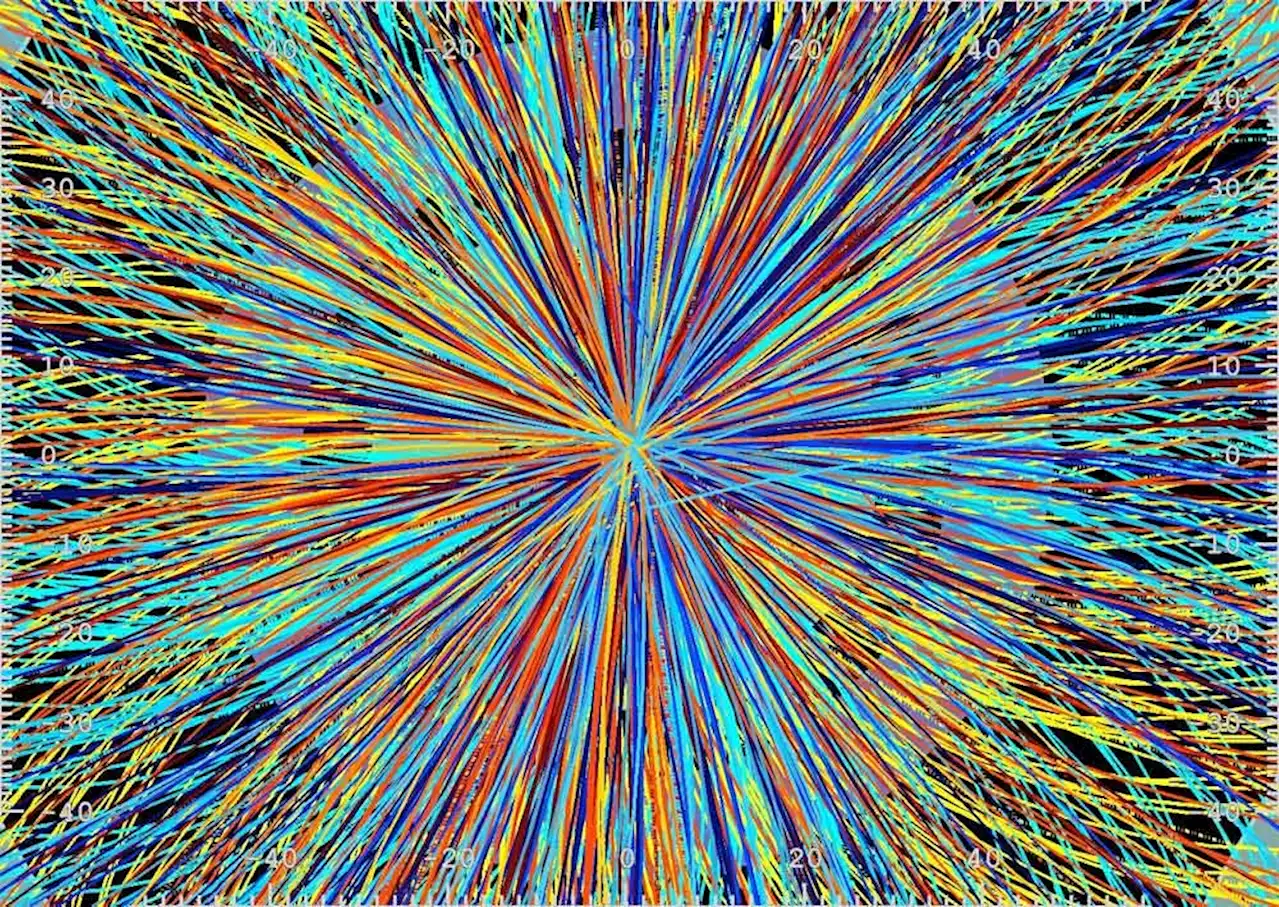Chelsea “Foxanne” Gohd joined Space.com in 2018 and is now a Senior Writer, writing about everything from climate change to planetary science and human spaceflight in both articles and on-camera in videos. With a degree in Public Health and biological sciences, Chelsea has written and worked for institutions including the American Museum of Natural History, Scientific American, Discover Magazine Blog, Astronomy Magazine and Live Science. When not writing, editing or filming something space-y, Chelsea 'Foxanne' Gohd is writing music and performing as Foxanne, even launching a song to space in 2021 with Inspiration4. You can follow her on Twitter @chelsea_gohd and @foxannemusic.
Massive simulation of the universe probes mystery of ghostly neutrinos
Ellis is especially interested in exploring one particular finding that actually came during the LHC shutdown, he shared. However, findings like those during the LHCb experiment, which investigates the differences between matter and antimatter,"indicate that they actually don't behave in the same way. There's quite a significant difference," Ellis said.
To increase the energy of the proton beams to such an extreme level,"the thousands of superconducting magnets, whose fields direct the beams around their trajectory, need to grow accustomed to much stronger currents after a long period of inactivity during," the same CERN statement read. Getting the equipment up to speed in this upgrade is a process that CERN calls"magnet training" and which is made up of about 12,000 individual tests.
